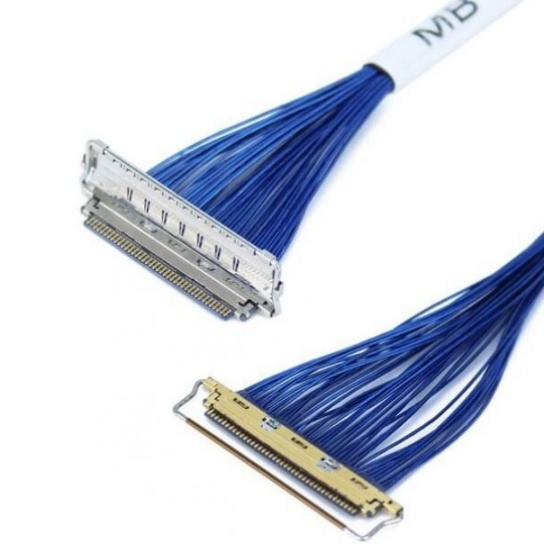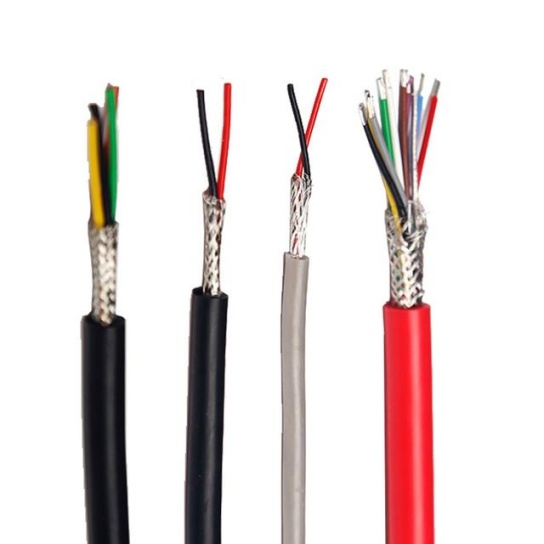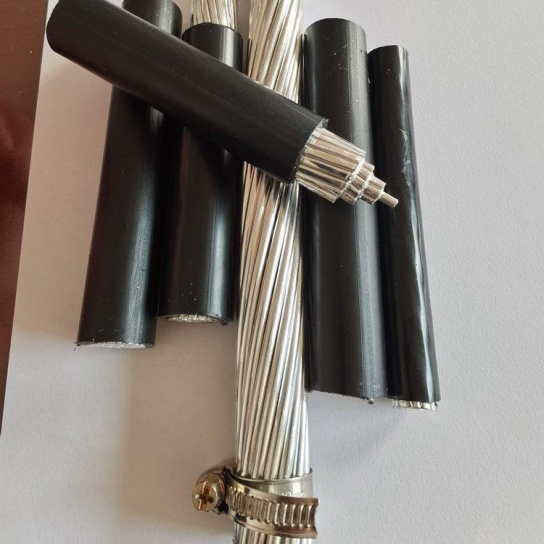How Aviation Cables Ensure Flight Safety Standards
In the complex symphony of modern aviation, where advanced avionics and powerful engines capture the spotlight, a critical network of unsung heroes works tirelessly behind the scenes: aviation cables. These specialized wires and cables are far more than simple conductors; they are the vital nervous system and musculature of every aircraft, playing a non-negotiable role in upholding the highest flight safety standards. Understanding their design, function, and rigorous oversight reveals why they are fundamental to safe skies.
1. The Critical Roles: More Than Just Wires
Aviation cables perform diverse, safety-critical functions:
- Flight Control Systems: Control cables (often mechanical push-pull or cable-and-pulley systems) transmit pilot inputs directly to control surfaces (ailerons, elevators, rudder). Their precise movement is paramount for maneuvering and stability.
- Engine Management & Monitoring: Cables carry essential signals for engine control (throttle, fuel mixture) and deliver real-time data on engine parameters (temperature, pressure, RPM) to cockpit instruments and flight computers.
- Avionics & Communication: High-integrity wiring harnesses interconnect complex avionics systems – navigation (GPS, VOR), communication (radios, transponders), flight management computers, and autopilot systems. Signal integrity is crucial.
- Power Distribution: Robust electrical cables reliably deliver power from generators/APUs to essential systems throughout the aircraft, including critical flight instruments and safety equipment.
- Landing Gear & Braking: Cables actuate landing gear deployment/retraction and transmit braking commands.
- Sensor Networks: Connect countless sensors monitoring structural health, fuel levels, hydraulic pressure, cabin pressure, and environmental conditions.
2. Engineering for Extreme Reliability: Built to Withstand the Demands
Aviation cables are engineered to exceptional standards far exceeding ordinary wiring:
- Rugged Materials: Utilizing high-strength alloys (like stainless steel for control cables), specialized high-temperature, chemical-resistant insulations (ETFE, PTFE), and corrosion-resistant conductors/connectors.
- Extreme Environmental Tolerance: Designed to function flawlessly across a massive operational envelope: -55°C to +260°C (-67°F to +500°F), high humidity, salt spray, vibration, shock, and exposure to fuels, hydraulic fluids, and de-icing chemicals.
- Fire Safety: Strict compliance with flammability, smoke density, and toxicity standards (e.g., FAA FAR 25.853, EASA CS 25.853) is mandatory. Materials must self-extinguish and minimize hazardous smoke.
- EMI/RFI Shielding: Critical for avionics cables to prevent electromagnetic or radio frequency interference from corrupting sensitive signals, ensuring accurate data transmission.
- Lightweighting: Every gram counts. Advanced materials and designs minimize weight without compromising strength or performance.
- Redundancy: Safety-critical systems often feature redundant cable paths or backup systems to ensure functionality even if a single cable fails.
3. The Backbone of Compliance: Meeting Stringent Regulations
Flight safety standards are codified in rigorous regulations, and aviation cables are central to compliance:
- FAA (Federal Aviation Administration) & EASA (European Union Aviation Safety Agency): Set comprehensive airworthiness standards (e.g., FAR Part 25 for transport category aircraft). Cables must meet specific requirements for materials, construction, performance, and fire safety.
- Technical Standard Orders (TSOs): FAA issues TSOs (e.g., TSO-C53 for electrical wire, TSO-C75 for control cables) specifying minimum performance standards that cables must meet for approval.
- Industry Specifications: Standards like SAE AS (Aerospace Standard) and MIL-SPEC (Military Specifications) provide detailed material, testing, and performance requirements widely adopted by manufacturers.
- Continuous Airworthiness: Regulations mandate strict maintenance, inspection, and replacement schedules for cables based on usage, environment, and potential wear.
4. Ensuring Integrity: Manufacturing, Testing & Maintenance
Safety is built-in and continuously verified:
- Precision Manufacturing: Strict process controls, traceability (batch/lot tracking), and cleanroom environments for sensitive assemblies.
- Rigorous Qualification Testing: Cables undergo exhaustive testing before approval: tensile strength, flex life, vibration, thermal cycling, fluid immersion, fire resistance, electrical performance, EMI shielding effectiveness.
- Lot Acceptance Testing: Samples from every production lot are tested to ensure consistency and compliance.
- Stringent Maintenance Protocols: Regular visual inspections for chafing, corrosion, kinks, or loose connections. Non-destructive testing (NDT) methods like eddy current testing detect internal flaws. Replacement based on calendar time, flight cycles, or condition.
5. Preventing Failure: The Ultimate Safety Goal
The consequences of cable failure can be catastrophic. Aviation cable design and oversight focus relentlessly on prevention:
- Predictable Lifespan: Materials and designs are chosen for known, predictable wear characteristics under operational stress.
- Damage Tolerance: Cables are routed and protected (conduits, clamps, grommets) to minimize risks from abrasion, pinching, or impact.
- Early Detection: Robust inspection programs aim to identify potential issues (like minor chafing or insulation cracking) long before they compromise function.
- Traceability & Documentation: Every cable or harness has traceable documentation (manufacturer, date, specs, testing results), crucial for maintenance and incident investigation.






